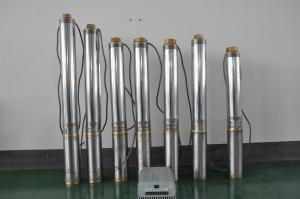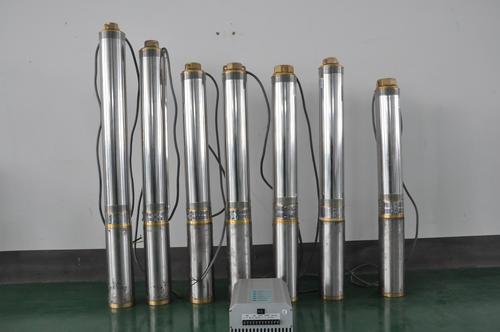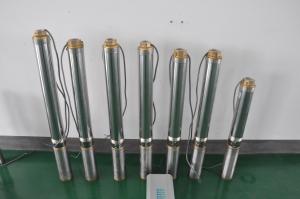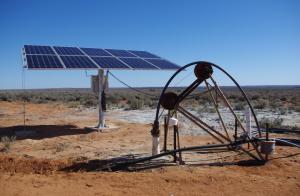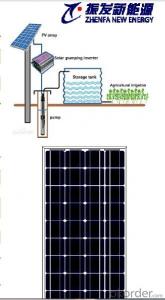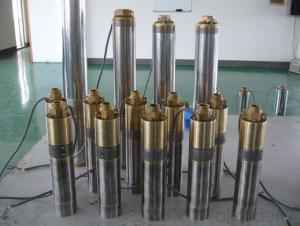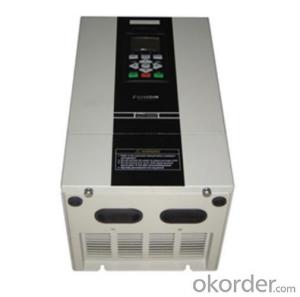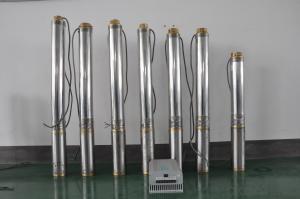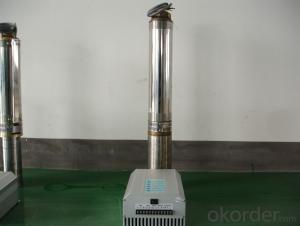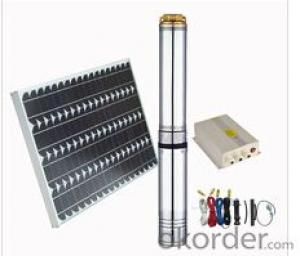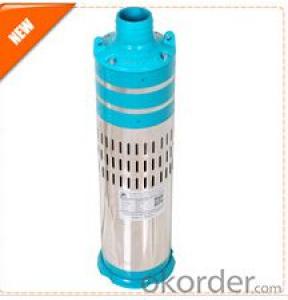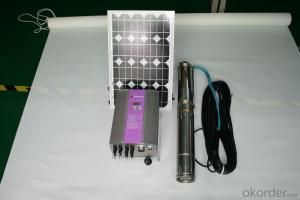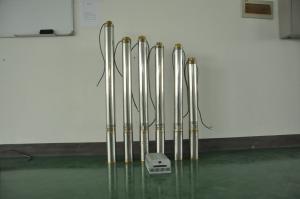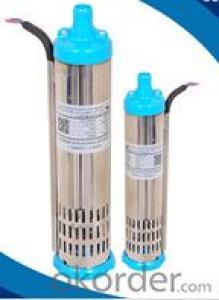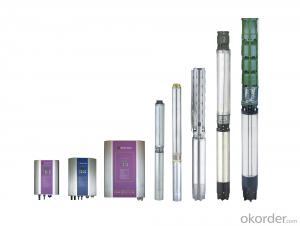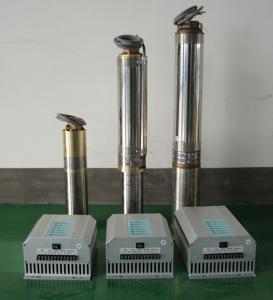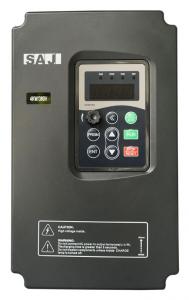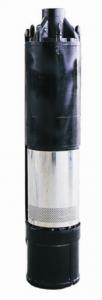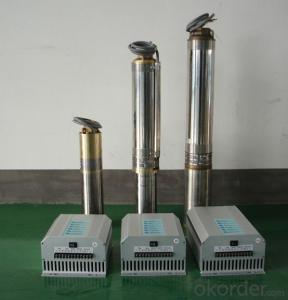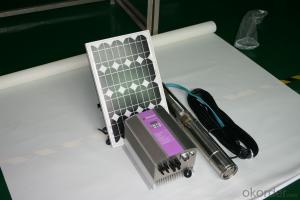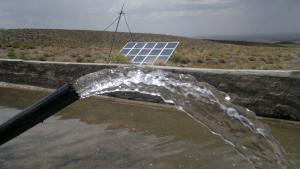Agriculture Solar Pump for Drinking Water
- Loading Port:
- Shanghai
- Payment Terms:
- TT OR LC
- Min Order Qty:
- -
- Supply Capability:
- 300 set/month
OKorder Service Pledge
Quality Product, Order Online Tracking, Timely Delivery
OKorder Financial Service
Credit Rating, Credit Services, Credit Purchasing
You Might Also Like
how is the rotor made:
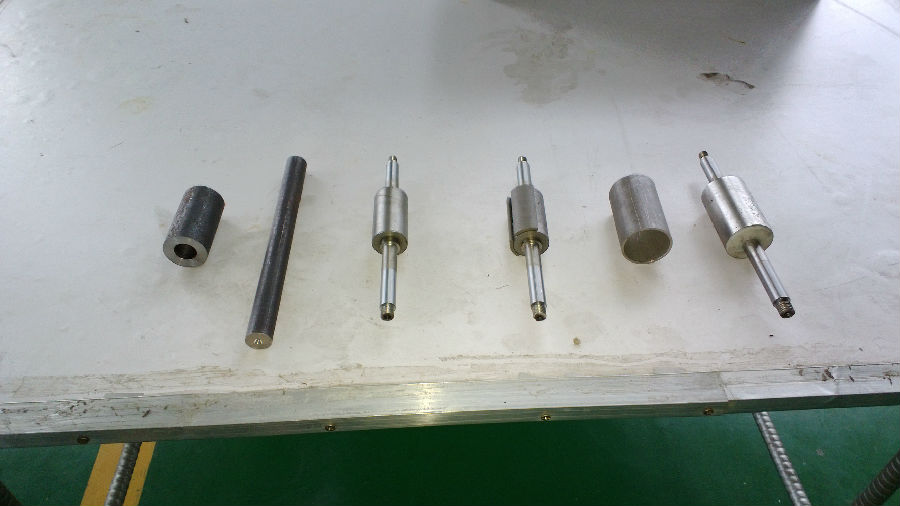
how is the motor made:
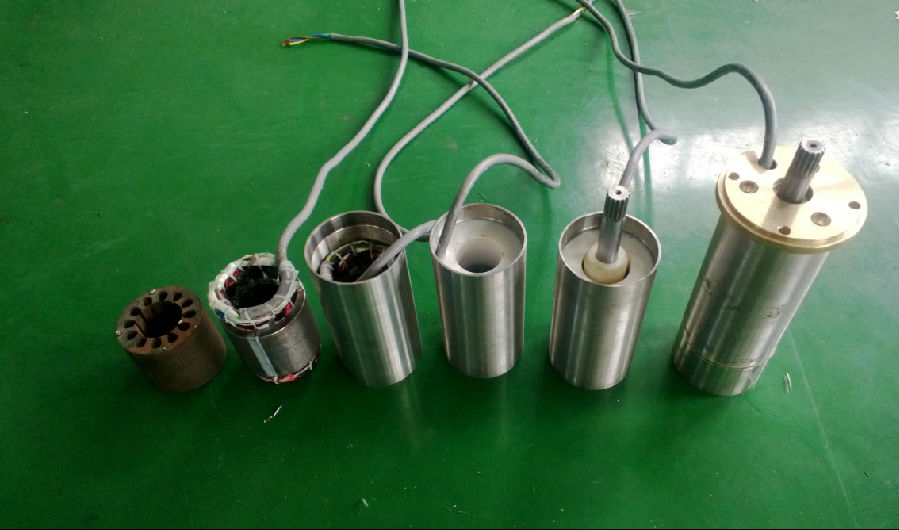
the pump :
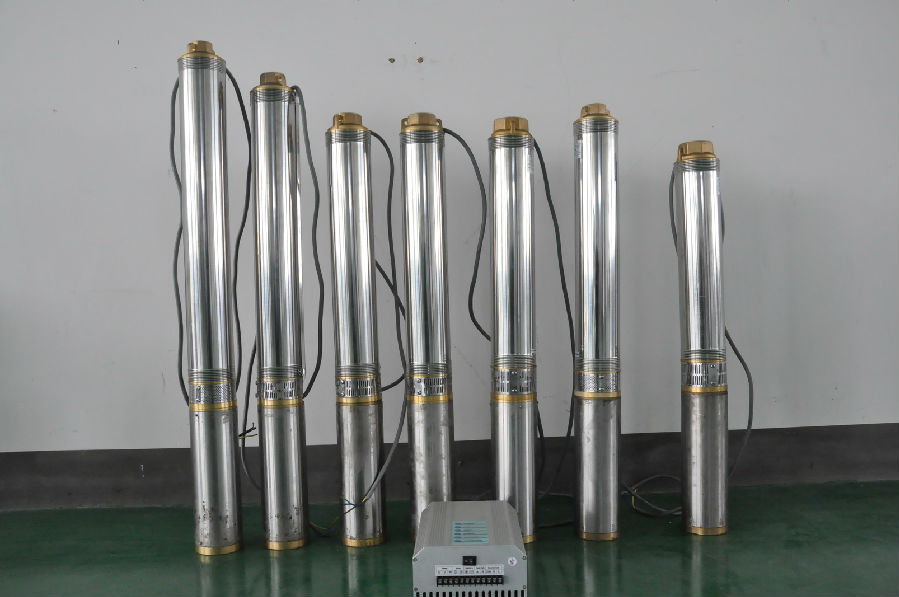
controller terminal connection:
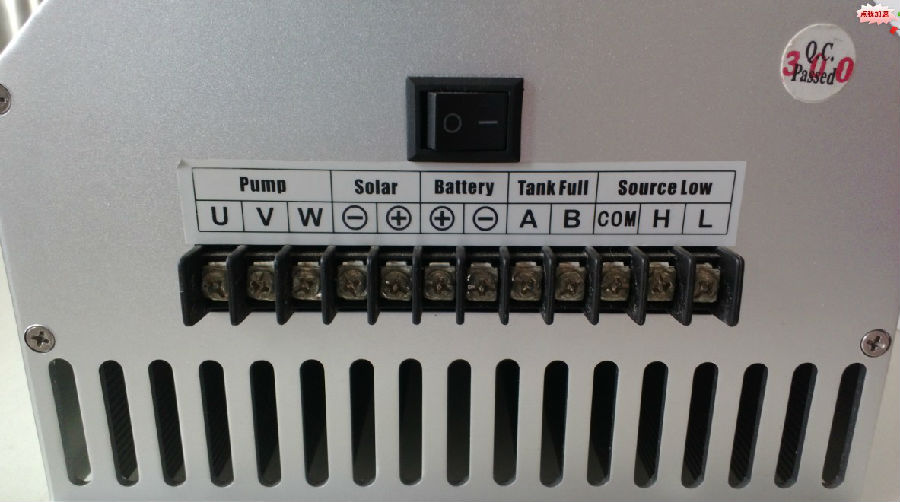
The permanent magnet:
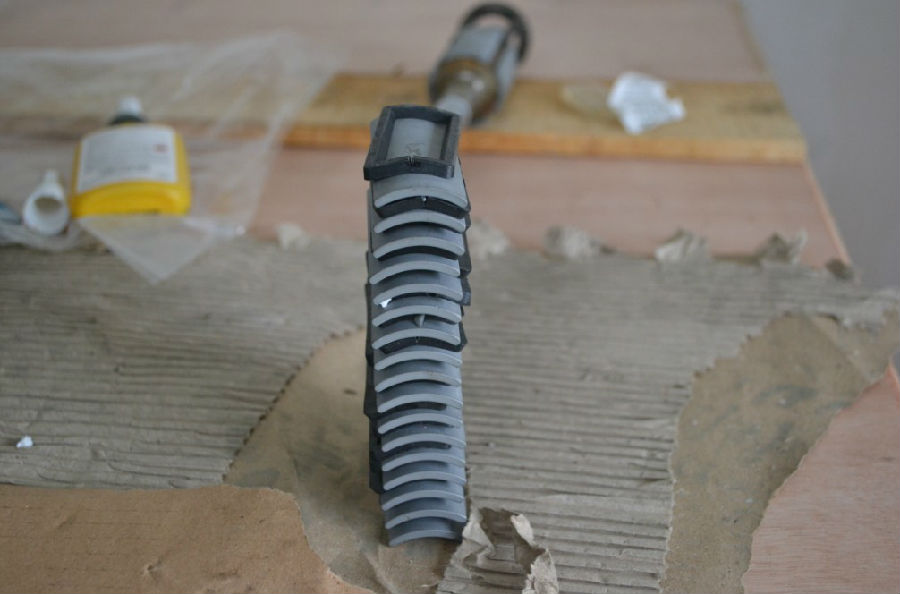
the impeller:
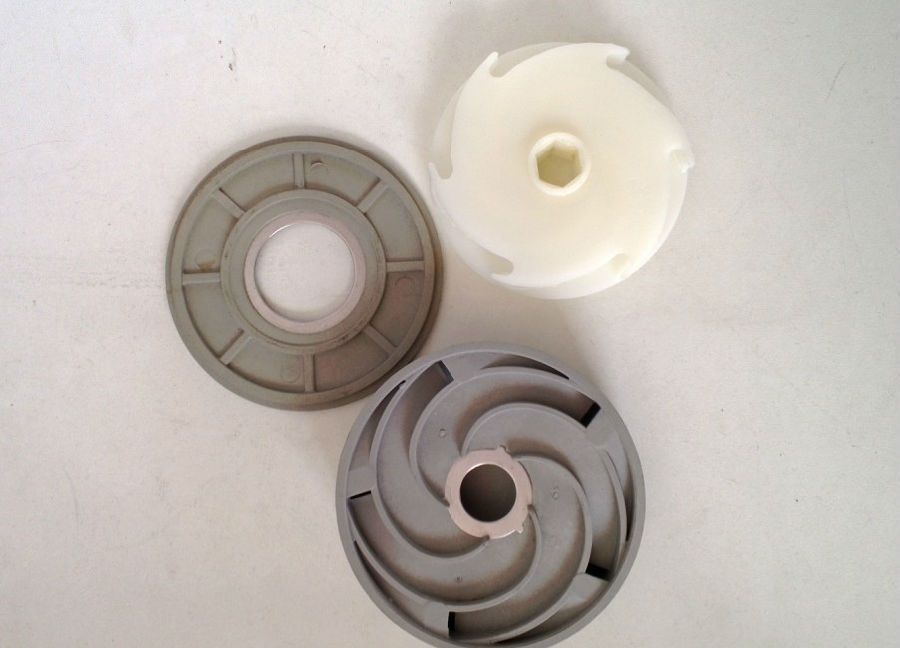
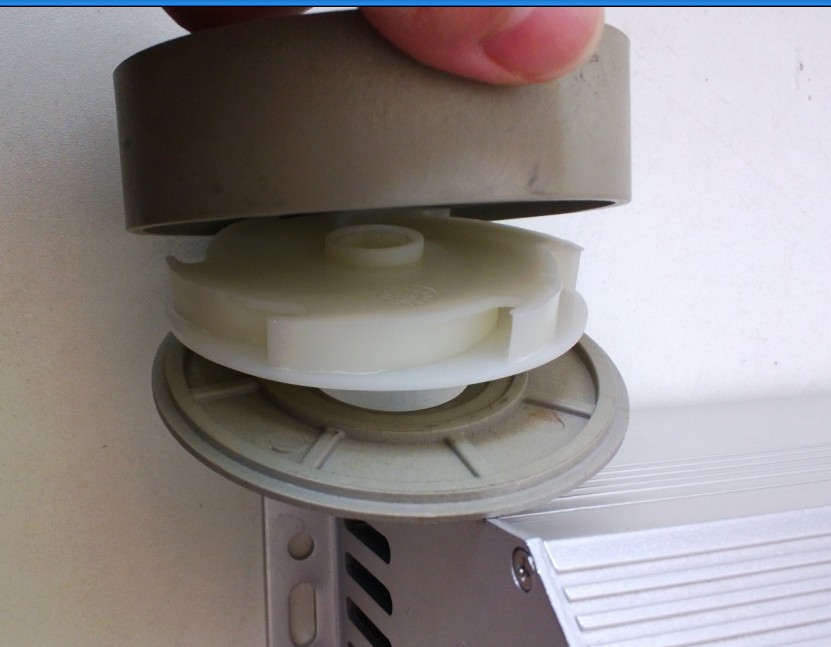
controller box:
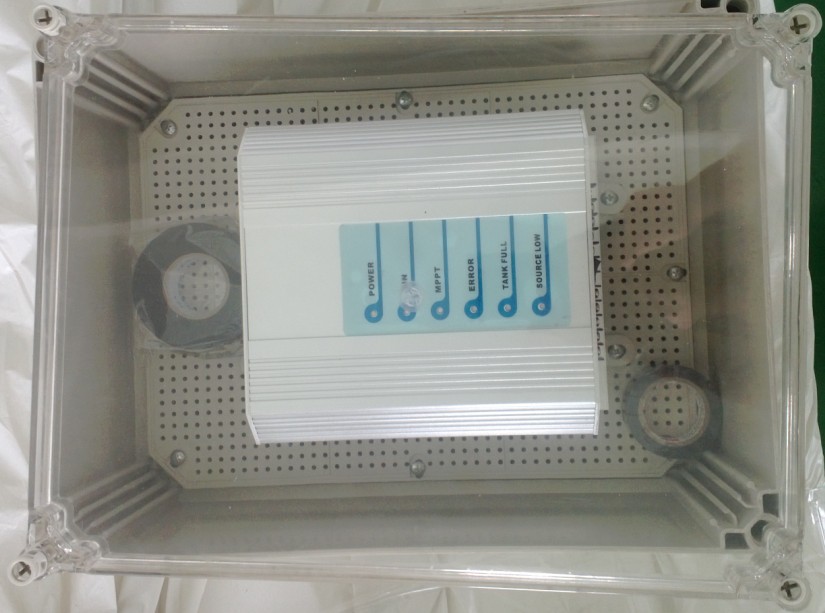
the senors:
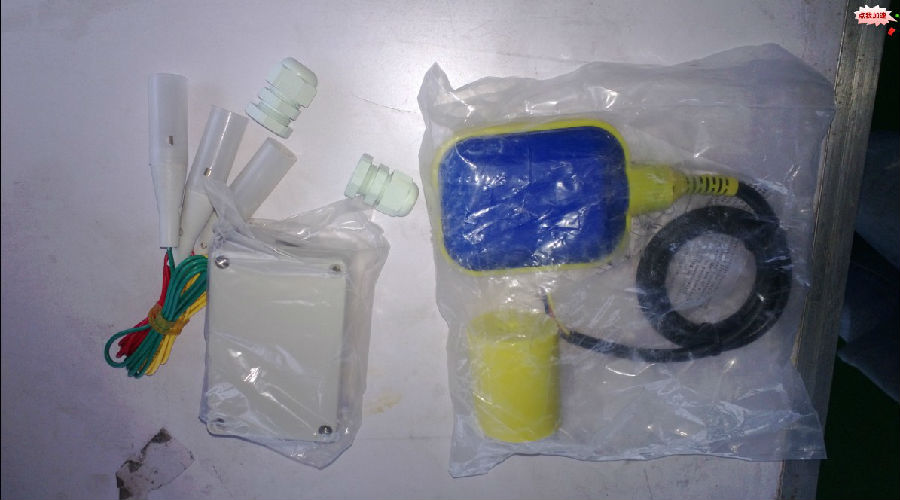
the test:
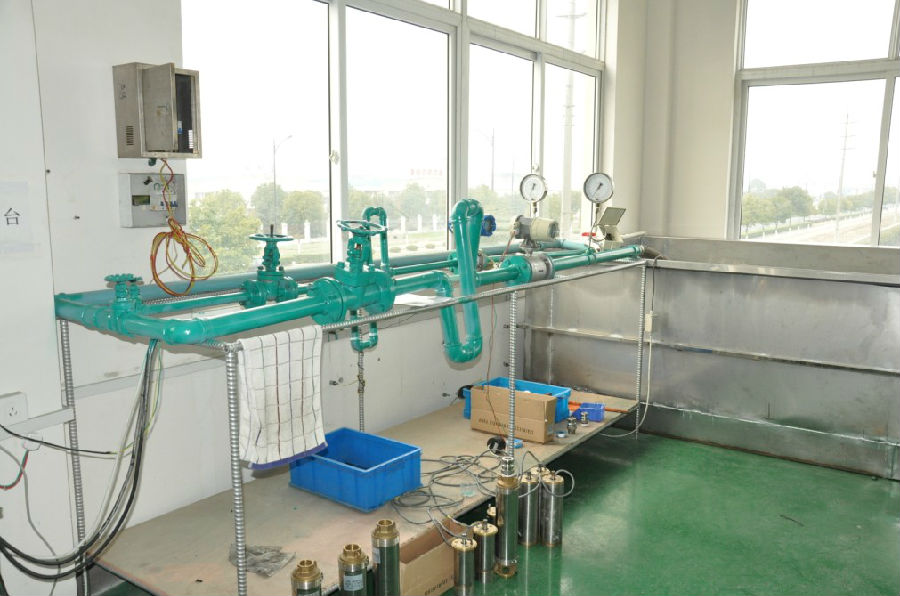
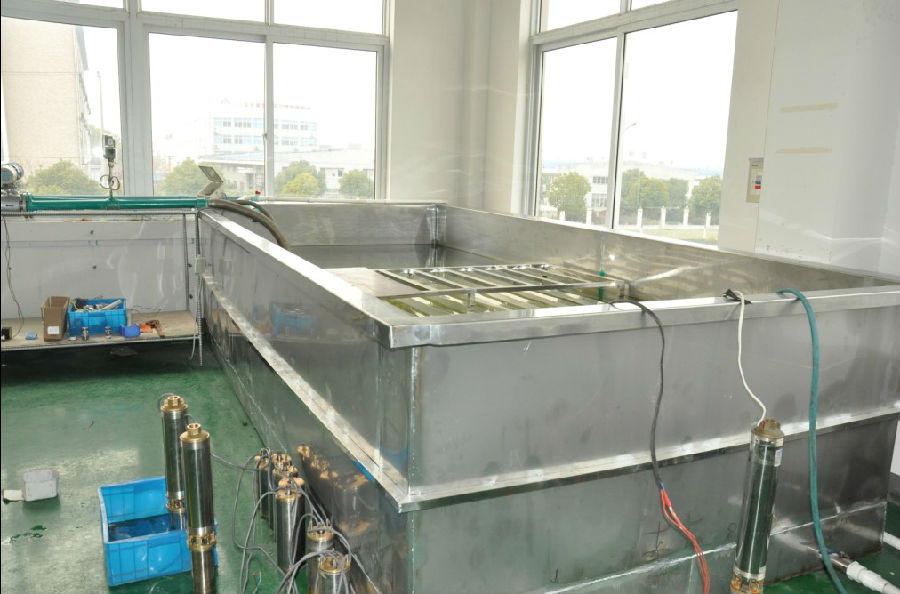
the application:
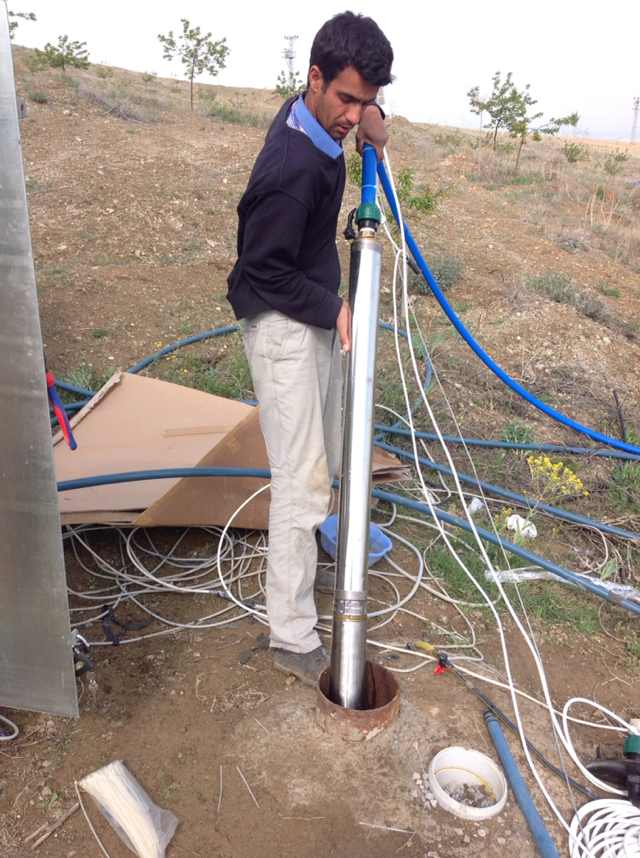
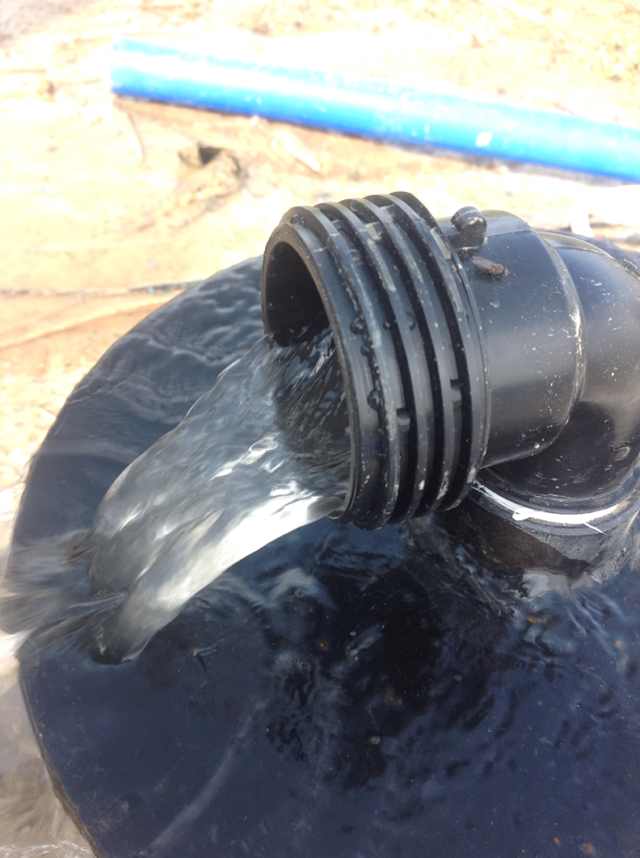
the package:
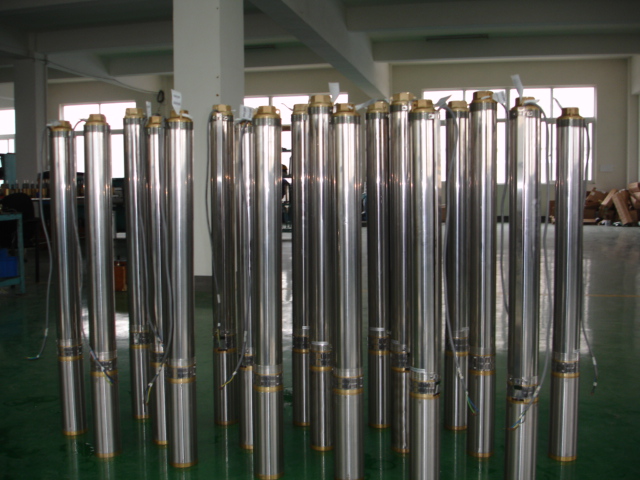
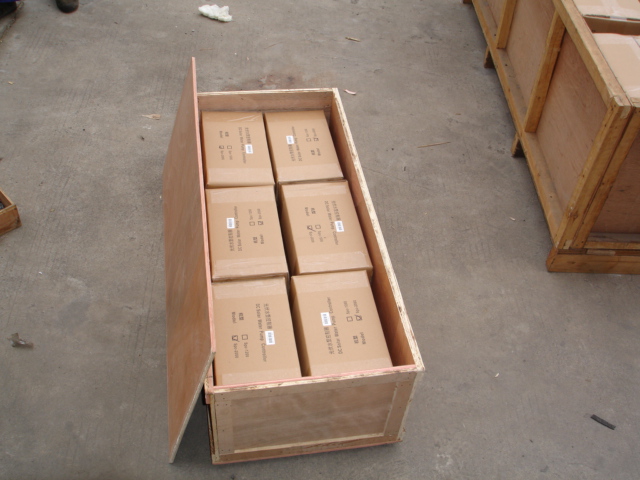
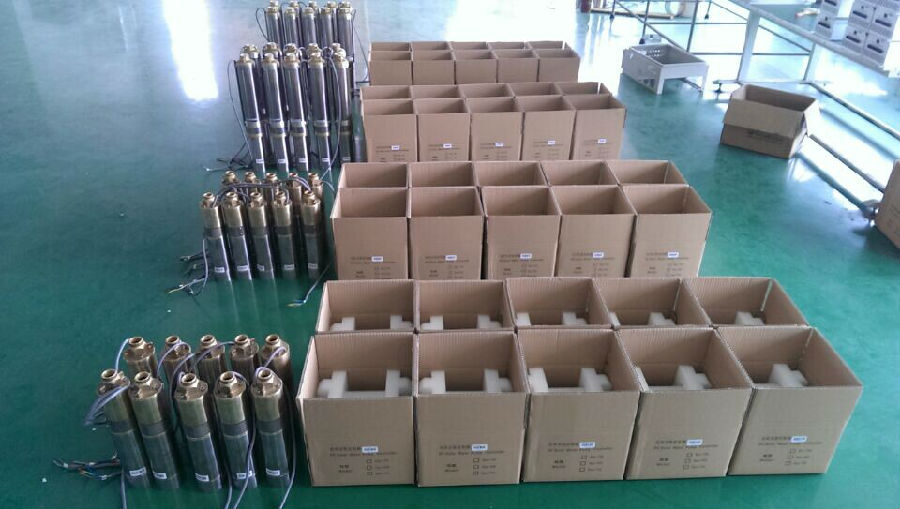
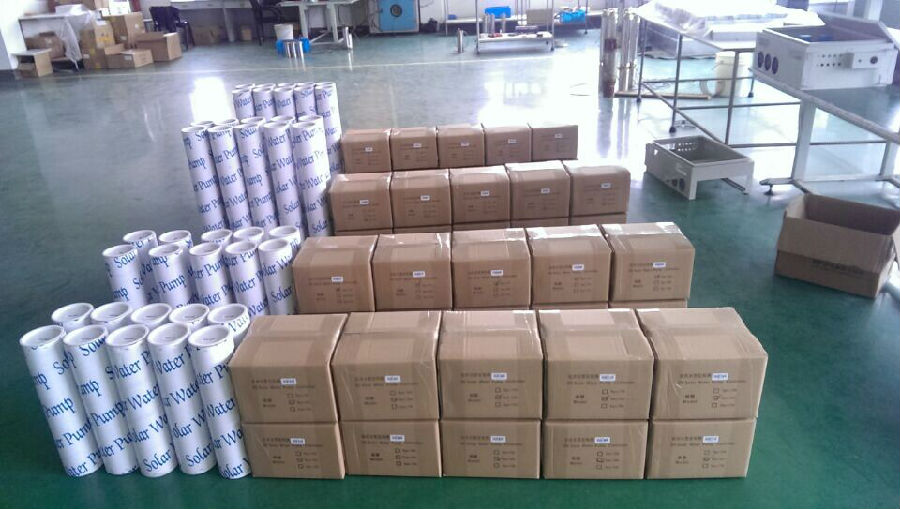
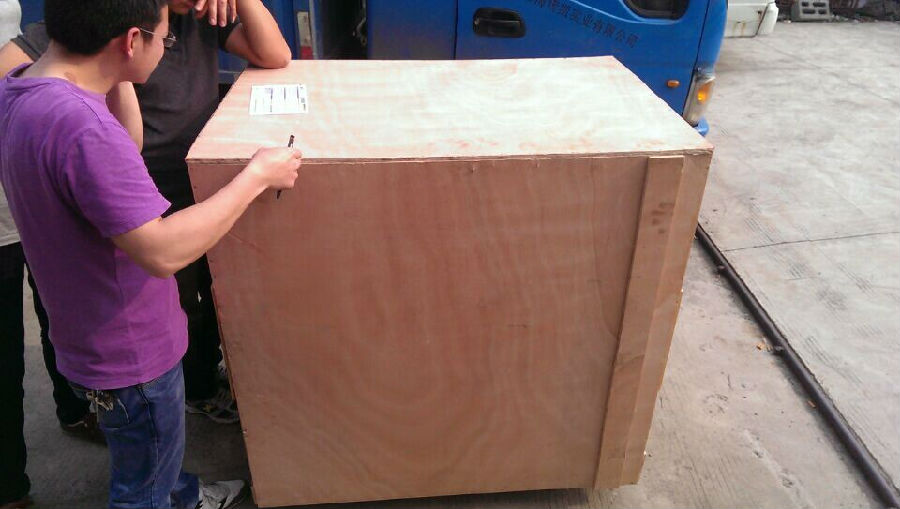
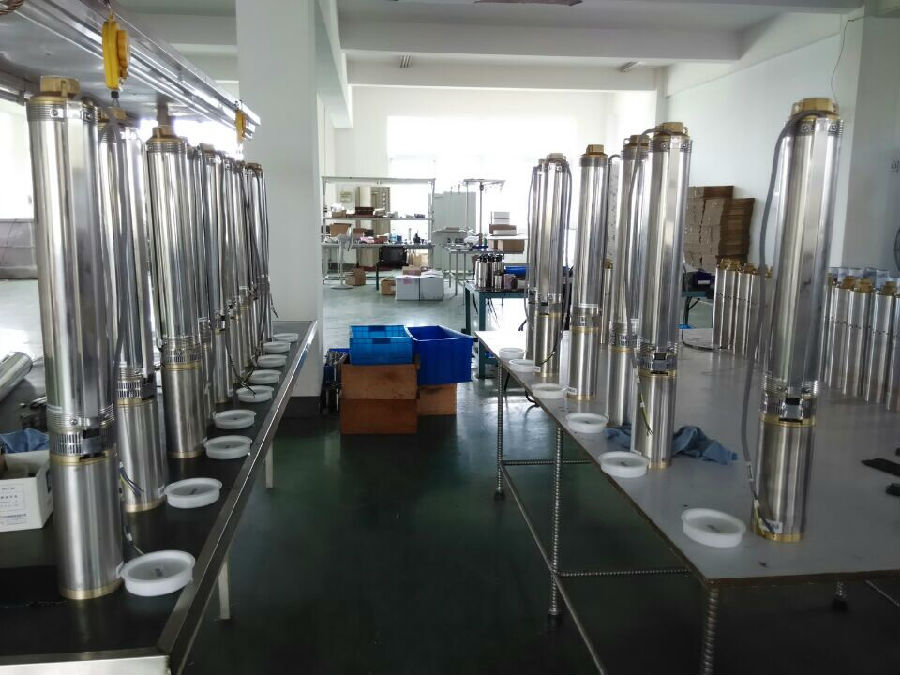
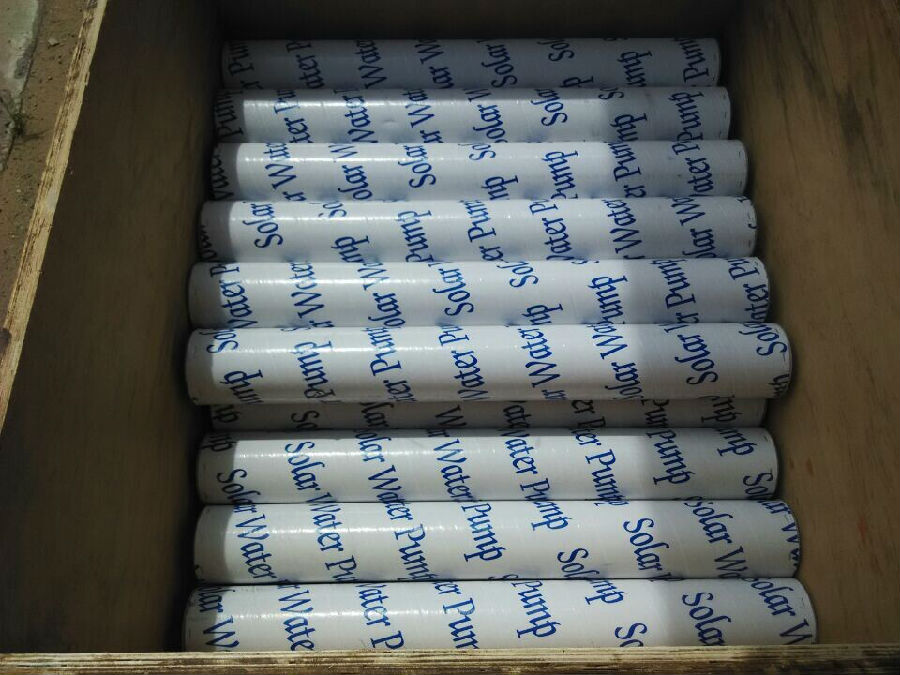
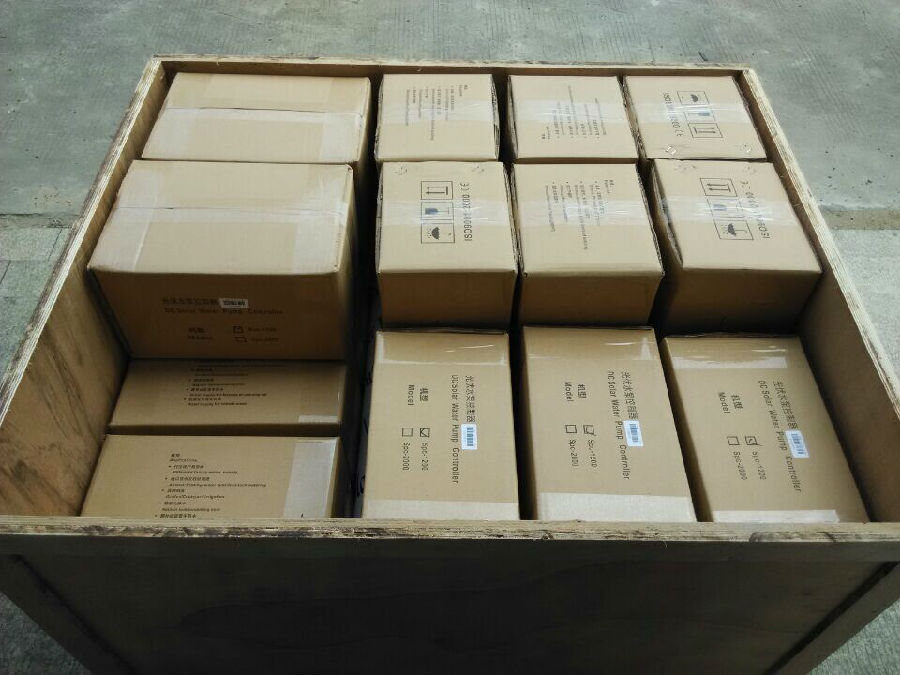
- Q: How long does a solar pump typically last?
- A solar pump typically lasts for about 20 to 25 years, depending on the quality of the equipment and the regular maintenance it receives.
- Q: How do I protect a solar pump system from lightning strikes?
- To ensure the longevity and functionality of your solar pump system, it is crucial to protect it from lightning strikes. Below are several steps you can take to safeguard your system: 1. Implement a lightning protection system (LPS): A well-designed LPS will redirect lightning strikes to the ground, effectively shielding your solar pump system. This typically involves the installation of lightning rods at the highest points of the system, which are then connected to a grounding system. 2. Establish proper grounding: It is important to ensure that your solar pump system is adequately grounded. This entails connecting all metal components to a grounding conductor that leads to an appropriate grounding electrode, such as a grounding rod. Proper grounding aids in dissipating the electrical charge from lightning strikes. 3. Utilize surge protection devices (SPDs): Incorporating surge protectors in your system will absorb and redirect voltage spikes caused by lightning. SPDs are specifically designed to handle large electrical surges and prevent damage to sensitive equipment. 4. Employ shielding and bonding techniques: Shielding involves the installation of conductive materials, such as metal sheets or mesh, around vulnerable components to divert lightning strikes away from them. Bonding, on the other hand, involves connecting all metal components together to create a continuous conductive path, thereby reducing the risk of damage from electrical potential differences. 5. Disconnect during storms: It is advisable to disconnect your solar pump system from the power source and turn it off whenever a thunderstorm is approaching. This precautionary measure minimizes the risk of damage during a lightning strike. 6. Regularly maintain your system: Ensure that your solar pump system undergoes regular inspections and maintenance. Check for loose connections, damaged wiring, or any other potential vulnerabilities that may increase the risk of damage from lightning strikes. Promptly repair or replace any faulty components. It is important to note that while these measures significantly reduce the risk of damage from lightning strikes, they do not guarantee 100% protection. In extreme cases, it may be necessary to consult with a professional electrician or engineer to develop a comprehensive lightning protection system tailored to your specific needs.
- Q: What is the warranty on a solar pump?
- The warranty on a solar pump can vary depending on the manufacturer and specific model, but it typically ranges from 1 to 5 years.
- Q: Can a solar pump be used in remote locations?
- Yes, a solar pump can be used in remote locations. Solar pumps are designed to operate using solar energy, eliminating the need for a power grid connection. This makes them perfect for remote areas where access to electricity is limited or non-existent. The solar panels can be installed in almost any location that receives adequate sunlight, enabling the pump to function efficiently even in remote and off-grid locations.
- Q: Can a solar pump be used for water supply in a desert?
- Yes, a solar pump can be used for water supply in a desert. Solar pumps are powered by solar energy, which is abundant in desert regions. They can efficiently draw water from underground sources, such as wells or boreholes, and provide a reliable water supply for various purposes, including irrigation, livestock watering, and domestic use. The use of solar pumps in deserts can contribute to sustainable water management and reduce dependence on fossil fuels.
- Q: Can a solar pump be used with a battery backup system?
- Yes, a solar pump can be used with a battery backup system. The battery backup system allows the solar pump to continue operating even when there is no sunlight available, ensuring a consistent water supply.
- Q: Can solar pumps be used for dewatering or flood control?
- Yes, solar pumps can be used for dewatering or flood control. They can effectively pump out water from flooded areas or help in lowering the water table by removing excess groundwater. Solar pumps are especially useful in areas where there is limited or no access to electricity, as they utilize solar energy for operation, making them a sustainable and cost-effective solution for dewatering and flood control.
- Q: Can a solar pump be used for water supply in off-grid wildlife conservation areas?
- Yes, a solar pump can be used for water supply in off-grid wildlife conservation areas. Solar pumps are a sustainable and environmentally friendly solution that relies on solar energy to power the pump and provide water supply. This eliminates the need for grid electricity or fuel-based generators, making it a suitable choice for remote conservation areas. Additionally, solar pumps can be easily installed and require minimal maintenance, ensuring a reliable and continuous water supply for the conservation of wildlife in off-grid areas.
- Q: Can a solar pump be used in areas with harsh weather conditions?
- Yes, solar pumps can be used in areas with harsh weather conditions. They are designed to withstand extreme temperatures, heavy rainfall, and even snow. They are built with durable materials and often have weatherproof enclosures to protect the pump and its components. Additionally, solar pumps are highly reliable and can continue to operate efficiently in challenging weather conditions, providing a sustainable and efficient water pumping solution.
- Q: Can a solar pump be used for rainwater harvesting?
- Yes, a solar pump can be used for rainwater harvesting. Solar pumps are designed to run on solar energy and can be used to extract and store rainwater from various sources such as rooftops or open areas. This allows for a sustainable and eco-friendly method of collecting and utilizing rainwater for various purposes.
Send your message to us
Agriculture Solar Pump for Drinking Water
- Loading Port:
- Shanghai
- Payment Terms:
- TT OR LC
- Min Order Qty:
- -
- Supply Capability:
- 300 set/month
OKorder Service Pledge
Quality Product, Order Online Tracking, Timely Delivery
OKorder Financial Service
Credit Rating, Credit Services, Credit Purchasing
Similar products
Hot products
Hot Searches
Related keywords
